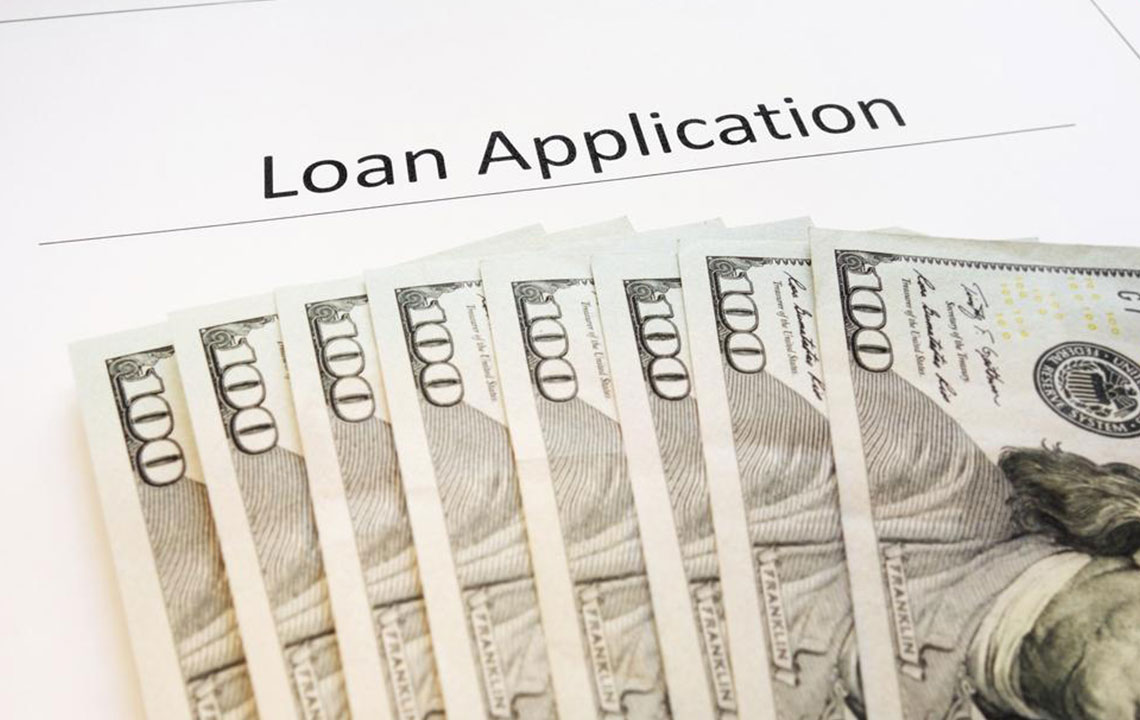Comprehensive Guide to No-Cost Home Loans: What Homebuyers Should Know
This comprehensive guide explains no-cost home loans, highlighting their benefits and drawbacks. It covers how these mortgages work, what costs are involved, and how to choose the best option for your financial situation. Ideal for homebuyers looking to minimize upfront expenses, this article provides key insights to make informed decisions in today's real estate market.

Comprehensive Guide to No-Cost Home Loans: What Homebuyers Should Know
In the dynamic world of real estate financing, understanding the nuances of various mortgage options is crucial for homebuyers aiming to optimize their financial strategies. One increasingly popular choice is the no-cost home loan, also known as an NCM, which offers potential savings on closing costs but comes with specific trade-offs. This in-depth guide explores what no-cost mortgages are, how they function, their advantages and disadvantages, and how to determine if they align with your financial goals.
At its core, a no-cost mortgage is a type of home loan where the borrower is not directly responsible for certain immediate closing costs. Instead of paying these fees upfront, lenders absorb these expenses temporarily, often incorporating the costs into the overall mortgage structure. To recoup this expenditure, lenders typically charge a higher interest rate on the loan, which means that while closing costs are minimized initially, the borrower may pay more over the life of the loan. When these loans are sold in the secondary mortgage market, their valuation factors in the interest rate, affecting the loan’s overall pricing and attractiveness to investors. Mortgage brokers also play a role in this process, earning commissions or discounts based on the mortgage’s structure and the relationships with lenders.
It is essential to clarify that a no-cost mortgage does not mean that no cash exchanges hands. Instead, the concept revolves around reducing upfront closing expenses, making homeownership more accessible or affordable at the initial stage. This setup can be particularly appealing to first-time buyers or those with limited savings who want to minimize immediate expenses at closing.
In contrast, the no-cash mortgage option incorporates settlement costs into the overall loan amount. This means that the borrower finances the closing expenses, paying them over the duration of the loan with interest. While this might seem like a convenient approach, it leads to a larger principal balance and potentially higher interest payments over time. On the other hand, no-cost mortgages typically involve paying higher interest rates on a smaller principal, which might result in lower overall interest costs but increased upfront charges in the form of higher rates.
Assessing which option—no-cost or no-cash—is better depends significantly on your financial situation and long-term plans. For example, if minimizing upfront costs is critical, a no-cost mortgage could be advantageous. However, if you prefer to keep your monthly payments lower and are comfortable paying interest over time, a no-cash mortgage might suit your needs better.
In the realm of real estate financing, lenders who offer no-cost mortgages often work closely with third-party service providers, such as appraisers, title companies, and insurance agencies. Since the lender covers these costs directly, they are incentivized to seek cost-effective providers to keep the overall expenses manageable. This collaborative approach helps maintain a competitive edge and provides borrowers with streamlined service options.
Most of the costs traditionally paid directly by homebuyers—like loan points, origination fees, lock-in charges, and application fees—are often bundled into no-cost mortgage agreements. Additionally, expenses related to title insurance, property appraisal, flood insurance, credit reports, and legal services are frequently included in the no-cost package. However, some costs still fall on the borrower, such as escrow fees for taxes and insurance, owner’s title insurance, homeowner’s insurance premiums, and certain government transfer fees. These expenses may be integrated into the overall mortgage package but still require borrower awareness and sometimes separate handling.
Escrow payments for taxes and insurance ensure that future obligations are pre-funded.
Owner’s title insurance protects against title defects or claims.
Homeowner’s insurance covers damages and liabilities related to the property.
Government transfer fees are charges levied during the property transfer process.
How to Choose the Right No-Cost Mortgage for Your Needs
When considering a no-cost mortgage, it’s imperative to compare multiple offers from various lenders to find the most suitable deal. Key factors to evaluate include:
Settlement Costs: Confirm what costs are included or excluded in each offer, and identify potential hidden fees.
Interest Rates: For each loan, compare the annual percentage rates to understand the true cost of borrowing over time.
Rate Lock Options: Ensuring that your interest rate is secured during the processing period can prevent future rate increases.
Bear in mind that no mortgage is entirely free of fees. Underwriters, loan officers, appraisers, and legal professionals typically charge fees, but these are often minimized or embedded into no-cost arrangements. Thanks to historically low-interest rates, the popularity of no-cost mortgages has seen a rise, especially among homebuyers seeking to reduce upfront costs.
Staying informed about mortgage trends, government policies, and lender offers can help you make more strategic decisions. Follow industry news through reliable sources, online forums, and financial advisories for the latest updates. Engaging with trusted mortgage brokers or financial advisors can also guide you through the complexities of selecting the most advantageous mortgage plan for your circumstances.





